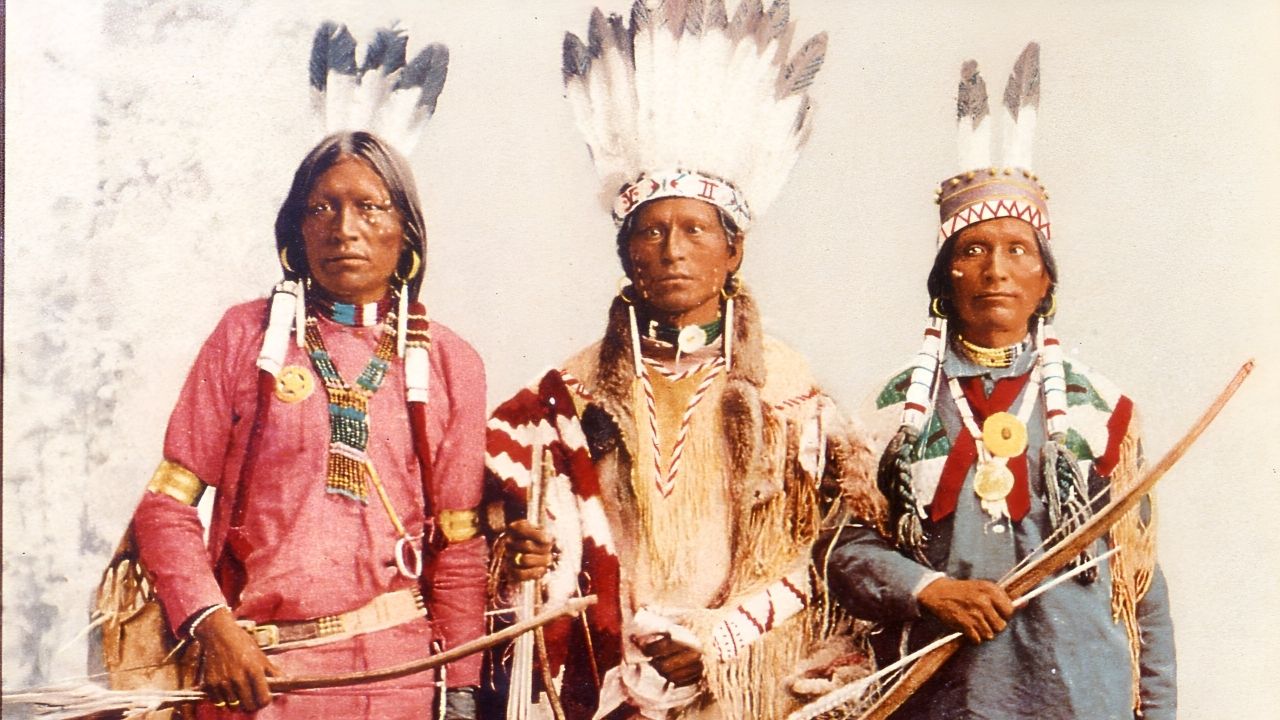
Muskogean languages are a fascinating group of Native American languages spoken in the southeastern United States. These languages include Creek, Choctaw, Chickasaw, Seminole, and Alabama, among others. They share common roots but have unique characteristics that set them apart. Did you know that Creek, also known as Muscogee, was once the dominant language of the Creek Confederacy? Or that Choctaw has influenced modern English with words like "bayou"? These languages are rich in history and culture, offering a glimpse into the lives of the indigenous peoples who spoke them. Let's dive into 24 intriguing facts about Muskogean languages that will broaden your understanding of this linguistic family.
Key Takeaways:
- Muskogean languages, like Creek, Choctaw, and Seminole, have unique linguistic features and played crucial roles in the history and culture of the southeastern United States.
- Efforts are being made to preserve and revitalize Muskogean languages, which are deeply intertwined with the cultural practices and traditions of their respective tribes.
What Are Muskogean Languages?
Muskogean languages form a family of Native American languages spoken in the southeastern United States. These languages have a rich history and cultural significance.
-
Muskogean languages include Creek, Seminole, Choctaw, Chickasaw, and Alabama. Each has unique dialects and variations.
-
Creek is also known as Muscogee. It was widely spoken by the Creek Nation, which played a significant role in southeastern U.S. history.
-
Seminole is closely related to Creek. The Seminole people, originally part of the Creek Nation, developed their own distinct language.
-
Choctaw is one of the most well-documented Muskogean languages. It has a rich oral tradition and written literature.
-
Chickasaw is another prominent Muskogean language. It shares many similarities with Choctaw but has distinct phonetic and grammatical features.
-
Alabama is less widely spoken today but remains an important part of the cultural heritage of the Alabama-Coushatta Tribe.
Historical Significance of Muskogean Languages
These languages have played crucial roles in the history and culture of the southeastern United States.
-
Muskogean languages were spoken by powerful tribes that controlled large territories before European colonization.
-
The Creek Confederacy was a major political and military force in the 18th century. Their language facilitated communication and unity among different tribes.
-
Treaties and negotiations between Native American tribes and European settlers often involved Muskogean languages. This influenced the course of American history.
-
Muskogean languages were used in trade networks that spanned the southeastern United States. They helped establish economic relationships between tribes.
Linguistic Features of Muskogean Languages
Muskogean languages have unique linguistic characteristics that set them apart from other language families.
-
Agglutinative structure: Muskogean languages often use agglutination, where words are formed by stringing together morphemes without changing them.
-
Verb-heavy syntax: These languages tend to have complex verb forms that convey a lot of information, such as tense, aspect, and mood.
-
Noun incorporation: In some Muskogean languages, nouns can be incorporated into verbs to create compound words.
-
Vowel harmony: Many Muskogean languages exhibit vowel harmony, where vowels within a word harmonize to be either front or back vowels.
-
Distinct phonemes: Muskogean languages have unique phonemes, including sounds not found in English, such as glottal stops and nasalized vowels.
Current Status of Muskogean Languages
The status of Muskogean languages varies, with some facing challenges in preservation and revitalization.
-
Choctaw is actively taught and spoken within the Choctaw Nation. Efforts are being made to keep the language alive through education and cultural programs.
-
Chickasaw has fewer speakers but is undergoing revitalization efforts, including language classes and immersion programs.
-
Creek is taught in schools within the Muscogee (Creek) Nation. There are also online resources available for learning the language.
-
Seminole has a smaller number of speakers, but the Seminole Tribe of Florida is working to preserve the language through educational initiatives.
-
Alabama is critically endangered, with very few fluent speakers remaining. Efforts are being made to document and teach the language to younger generations.
Cultural Impact of Muskogean Languages
These languages are deeply intertwined with the cultural practices and traditions of their respective tribes.
-
Storytelling: Muskogean languages are used in traditional storytelling, preserving myths, legends, and historical narratives.
-
Ceremonies: Many tribal ceremonies and rituals are conducted in Muskogean languages, maintaining their cultural significance.
-
Music and dance: Traditional songs and dances often incorporate Muskogean languages, keeping the cultural heritage alive.
-
Art and crafts: Muskogean languages influence traditional art forms, including beadwork, pottery, and weaving, reflecting the cultural identity of the tribes.
The Rich Tapestry of Muskogean Languages
Muskogean languages offer a fascinating glimpse into the cultural and historical fabric of Native American tribes. From the intricate structure of Creek and Choctaw to the unique phonetics of Chickasaw, these languages reflect the rich traditions and diverse experiences of their speakers. Despite facing challenges like declining numbers of native speakers, efforts to revitalize and preserve these languages are gaining momentum. Educational programs, community initiatives, and digital resources play crucial roles in keeping these languages alive for future generations. Understanding and appreciating Muskogean languages not only honors the heritage of the tribes but also enriches our collective knowledge of human linguistics. So, next time you come across a word or phrase from these languages, remember the deep history and vibrant culture it represents.
Frequently Asked Questions
Was this page helpful?
Our commitment to delivering trustworthy and engaging content is at the heart of what we do. Each fact on our site is contributed by real users like you, bringing a wealth of diverse insights and information. To ensure the highest standards of accuracy and reliability, our dedicated editors meticulously review each submission. This process guarantees that the facts we share are not only fascinating but also credible. Trust in our commitment to quality and authenticity as you explore and learn with us.
